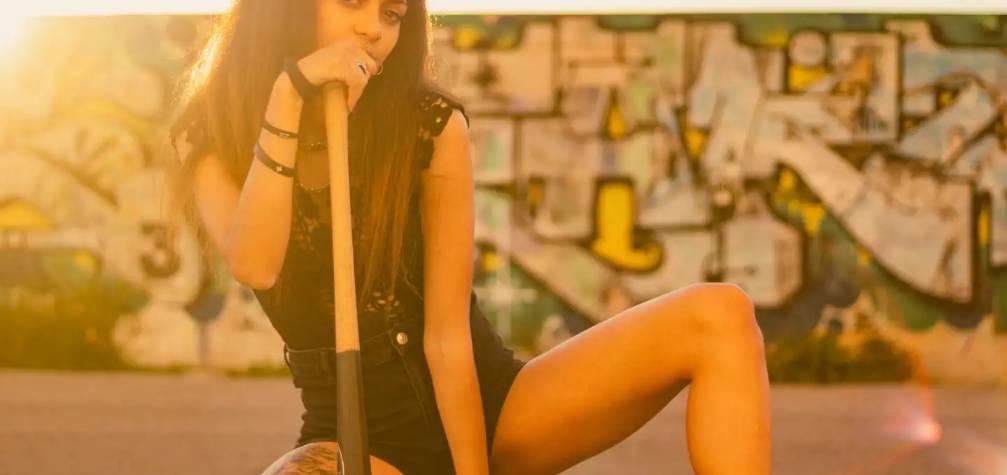Exploring Spanish Fashion: Tradition Meets Modernity
3 min read
23 Jul 2025
Spanish fashion is a captivating blend of tradition and modernity, reflecting the rich cultural heritage of the country. From flamenco-inspired dresses to cutting-edge designs, Spain has made a significant impact on the global fashion scene. In this exploration of Spanish fashion, we delve into the unique elements that make it stand out and how it continues to evolve.
1. Flamenco Influence
One cannot discuss Spanish fashion without mentioning flamenco. The flamenco dress, with its ruffled sleeves and vibrant colors, embodies the spirit of Spain's Andalusian region. While it's traditionally associated with dance, contemporary fashion often incorporates flamenco elements into everyday wear.

2. Traditional Fabrics
Spanish fashion often features traditional fabrics like lace, silk, and wool. Spanish lace, in particular, is renowned for its intricate patterns and delicate beauty. Designers often use these fabrics to create timeless and elegant pieces.
3. The Mantón de Manila
The Mantón de Manila, a decorative shawl, is an iconic Spanish fashion accessory. Its origins trace back to the Philippines, but it has become a symbol of Spanish femininity. These shawls are often hand-embroidered and add a touch of elegance to any outfit.
4. Bold Colors and Patterns
Spanish fashion embraces bold and passionate colors. Red, in particular, holds cultural significance and is frequently used in garments. Polka dots, stripes, and intricate patterns are also common in Spanish designs, adding energy and personality to clothing.
5. Haute Couture
Spanish fashion designers have made their mark in the world of haute couture. Names like Cristóbal Balenciaga and Manolo Blahnik have achieved international acclaim. Their innovative designs continue to influence fashion globally.
6. Traditional Footwear
Spanish footwear is not just about style but also about comfort and functionality. Traditional Spanish shoes like espadrilles and flamenco heels have gained popularity worldwide for their unique designs and comfort.
7. Modern Spanish Designers
Spain has a vibrant contemporary fashion scene. Designers like Amaya Arzuaga and Juan Duyos are known for their avant-garde creations. They blend traditional Spanish elements with modern aesthetics, creating a distinctive style.
8. Influence of Regions
Each region of Spain has its own fashion identity. Catalonia, for example, is known for its modern and experimental designs, while Seville leans towards traditional and flamenco-inspired styles. This regional diversity adds depth to Spanish fashion.
9. Sustainable Practices
Spanish fashion is increasingly embracing sustainability. Designers and brands are incorporating eco-friendly materials and ethical production methods into their work. This commitment to sustainability aligns with global fashion trends.
10. Global Impact
Spanish fashion has a global reach. Spanish brands like Zara and Mango have a significant presence worldwide. Their accessible yet stylish clothing appeals to a wide range of consumers.
11. Tradition Meets Modernity
In conclusion, Spanish fashion beautifully marries tradition with modernity. It draws from a rich cultural heritage while constantly innovating and adapting to contemporary tastes. Whether it's the influence of flamenco, the use of traditional fabrics, or the global impact of Spanish brands, this fashion scene continues to captivate and inspire fashion enthusiasts around the world.


